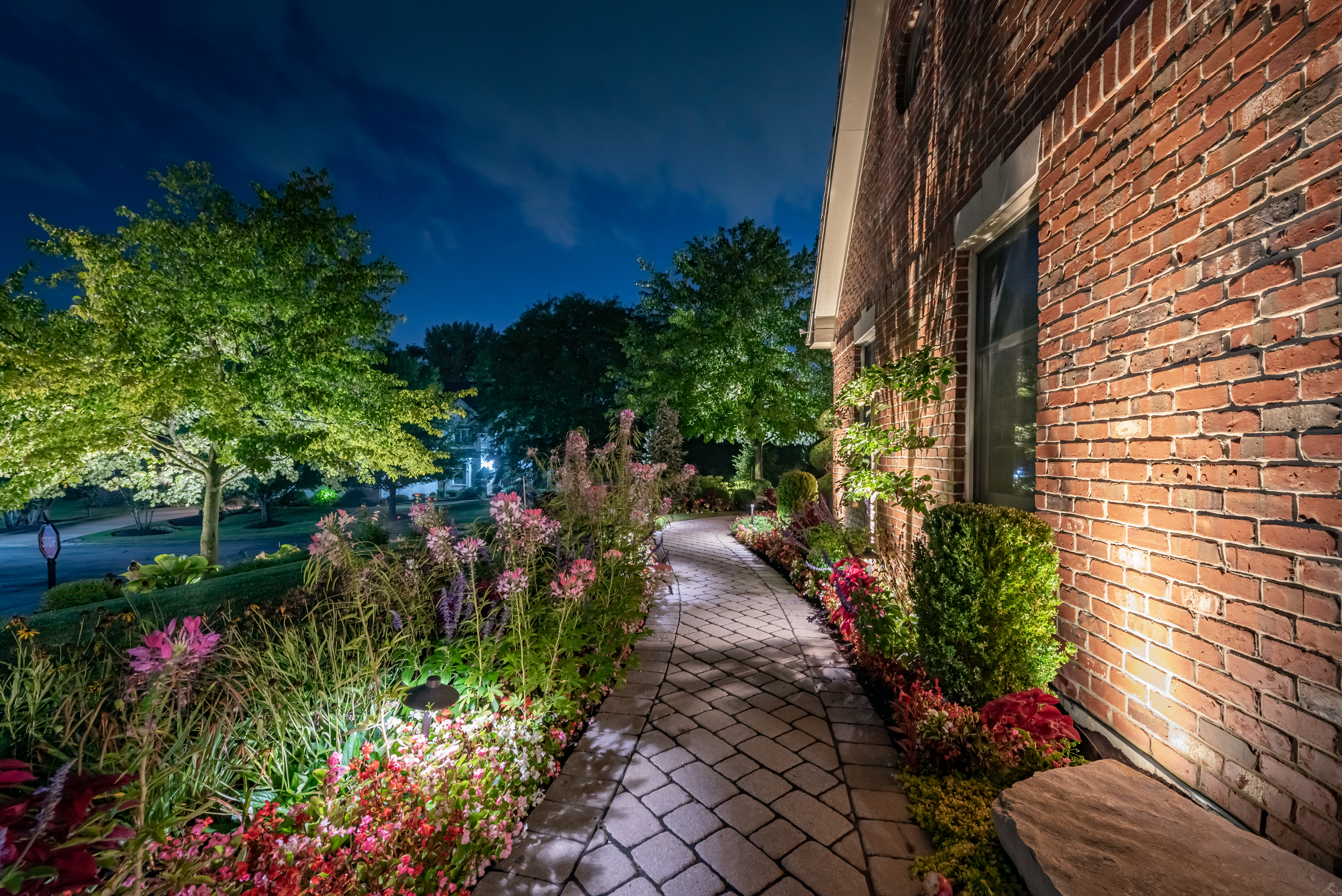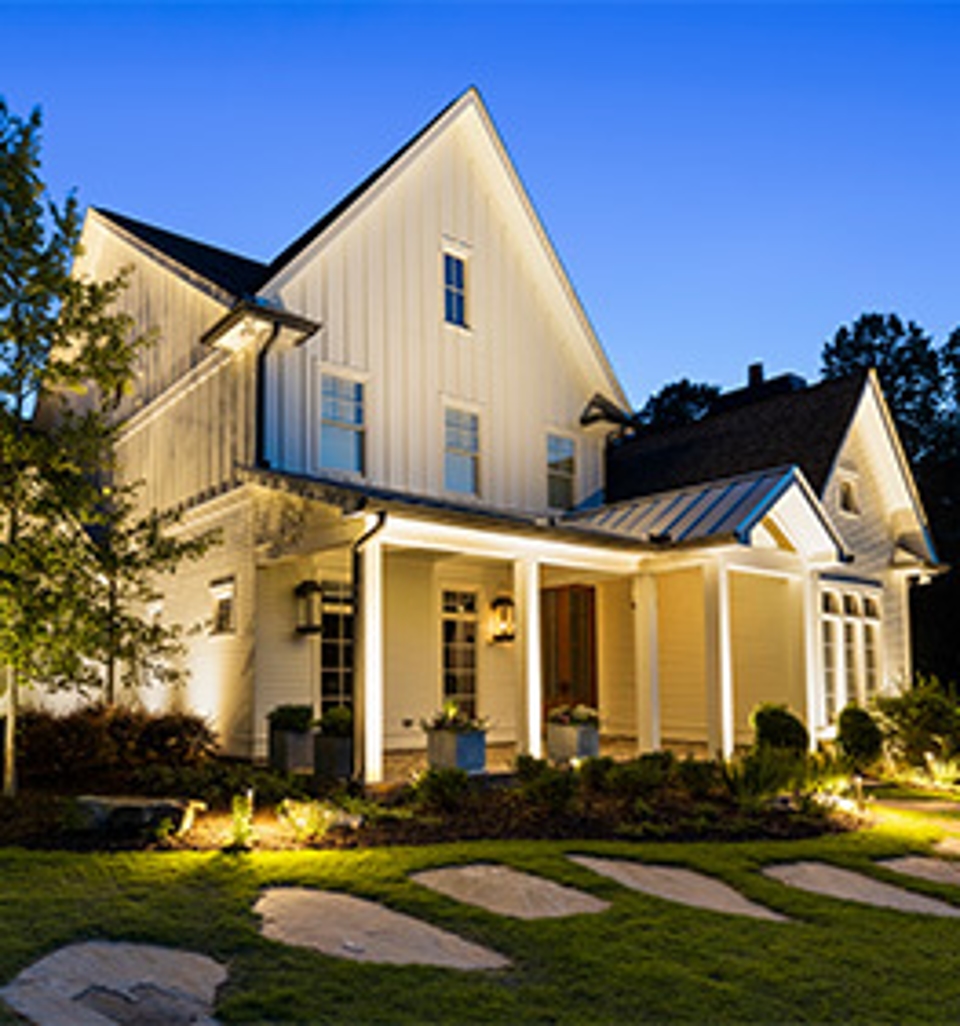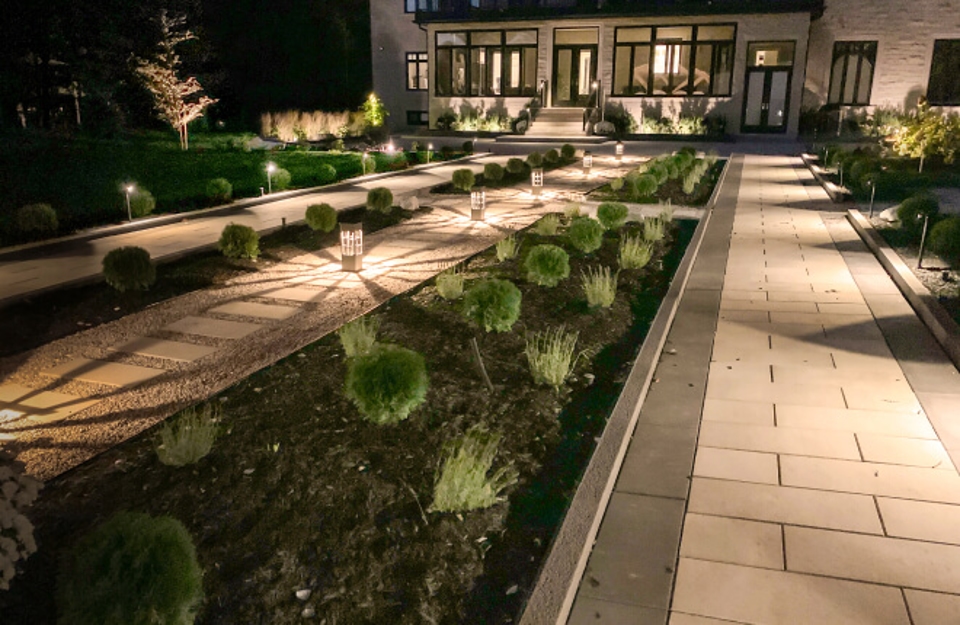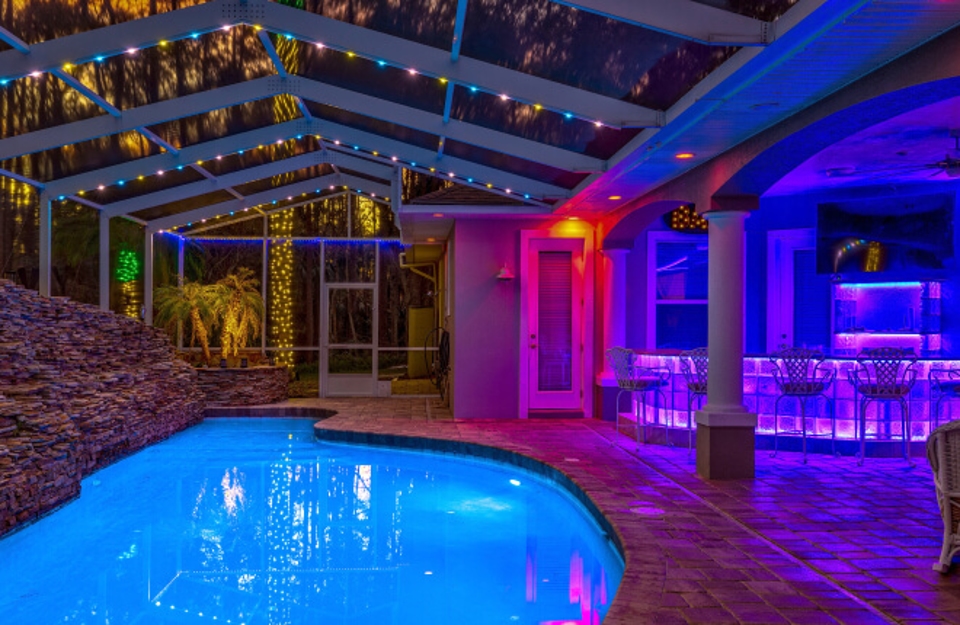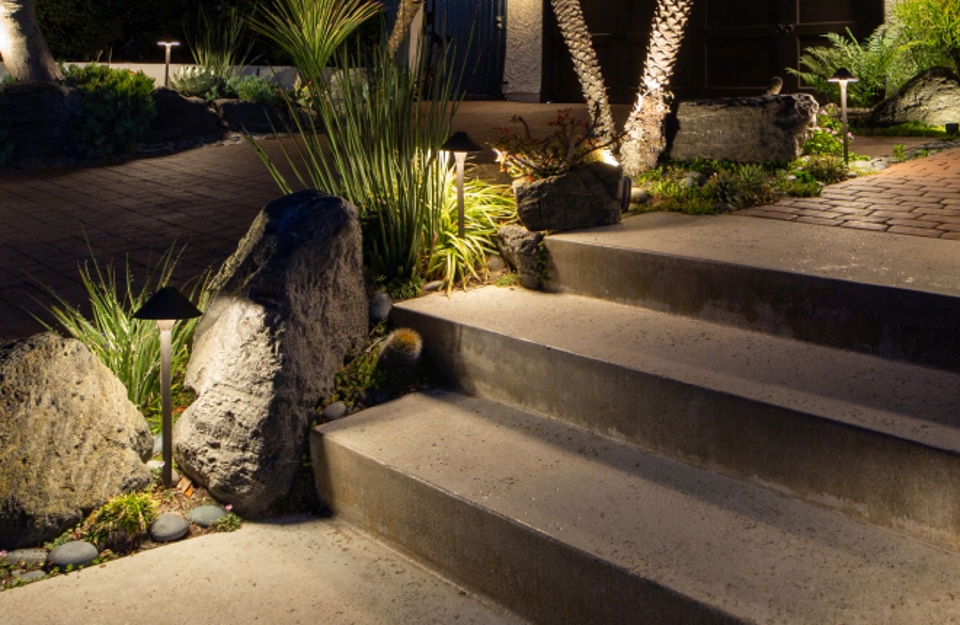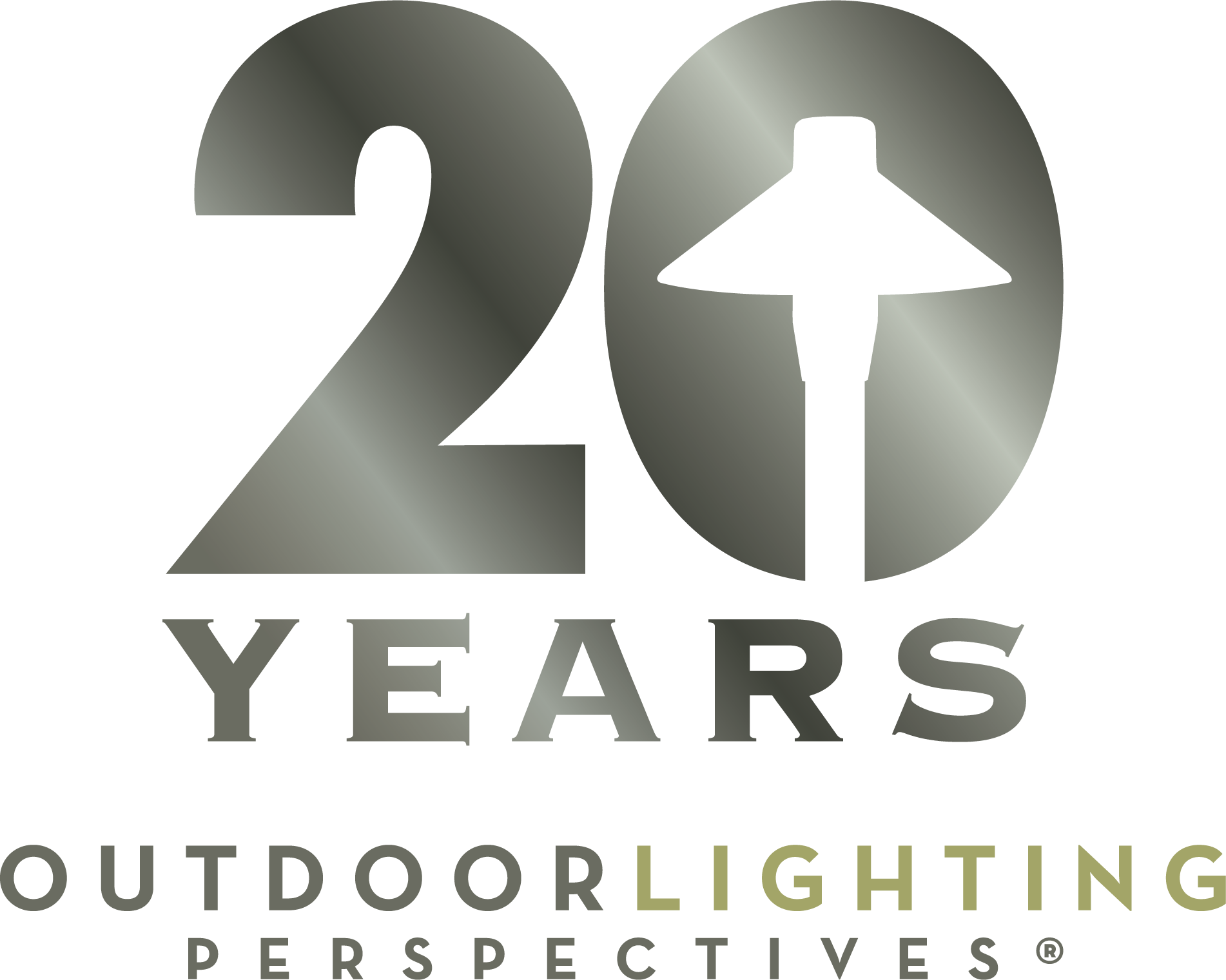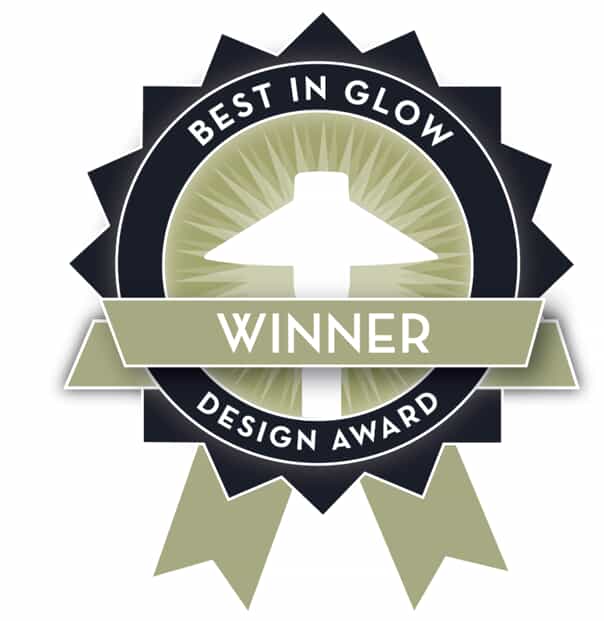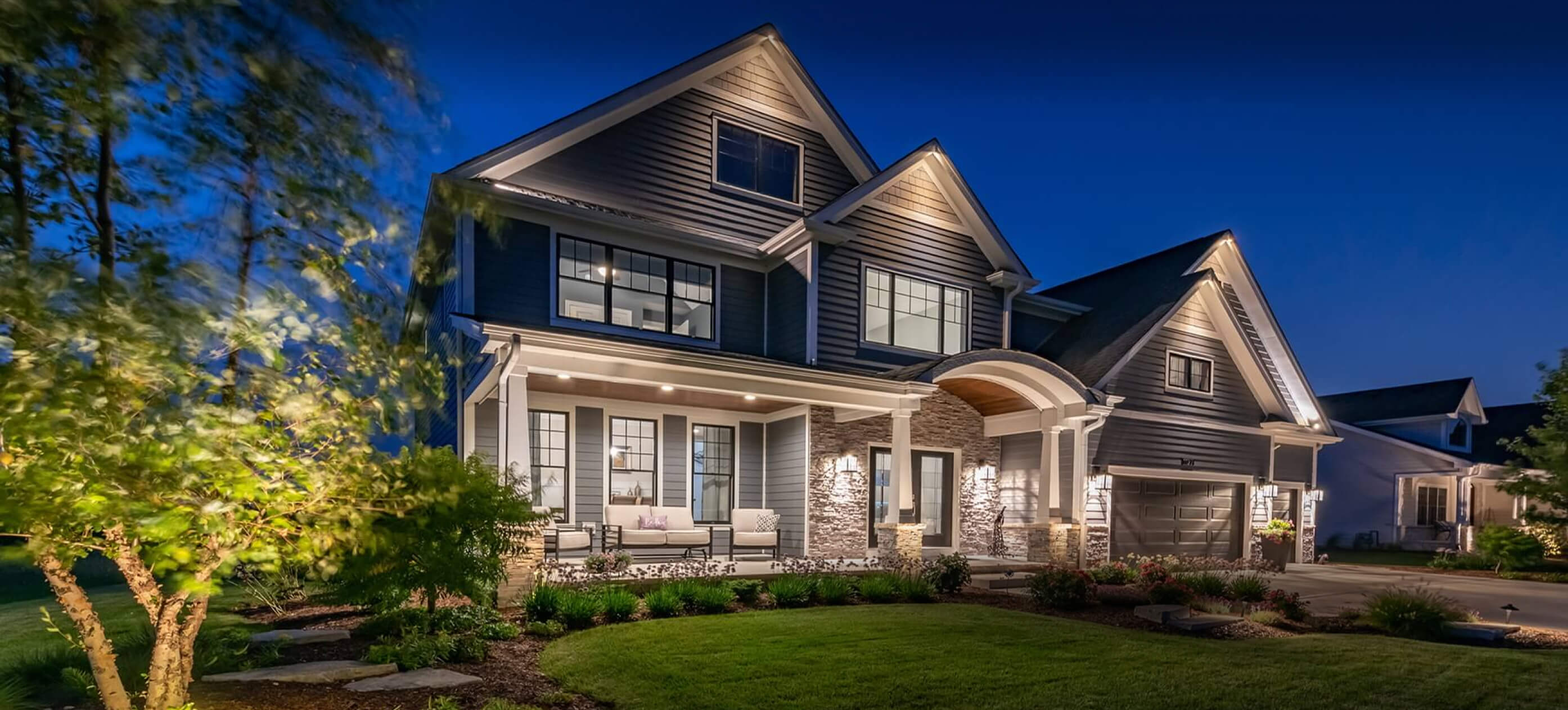
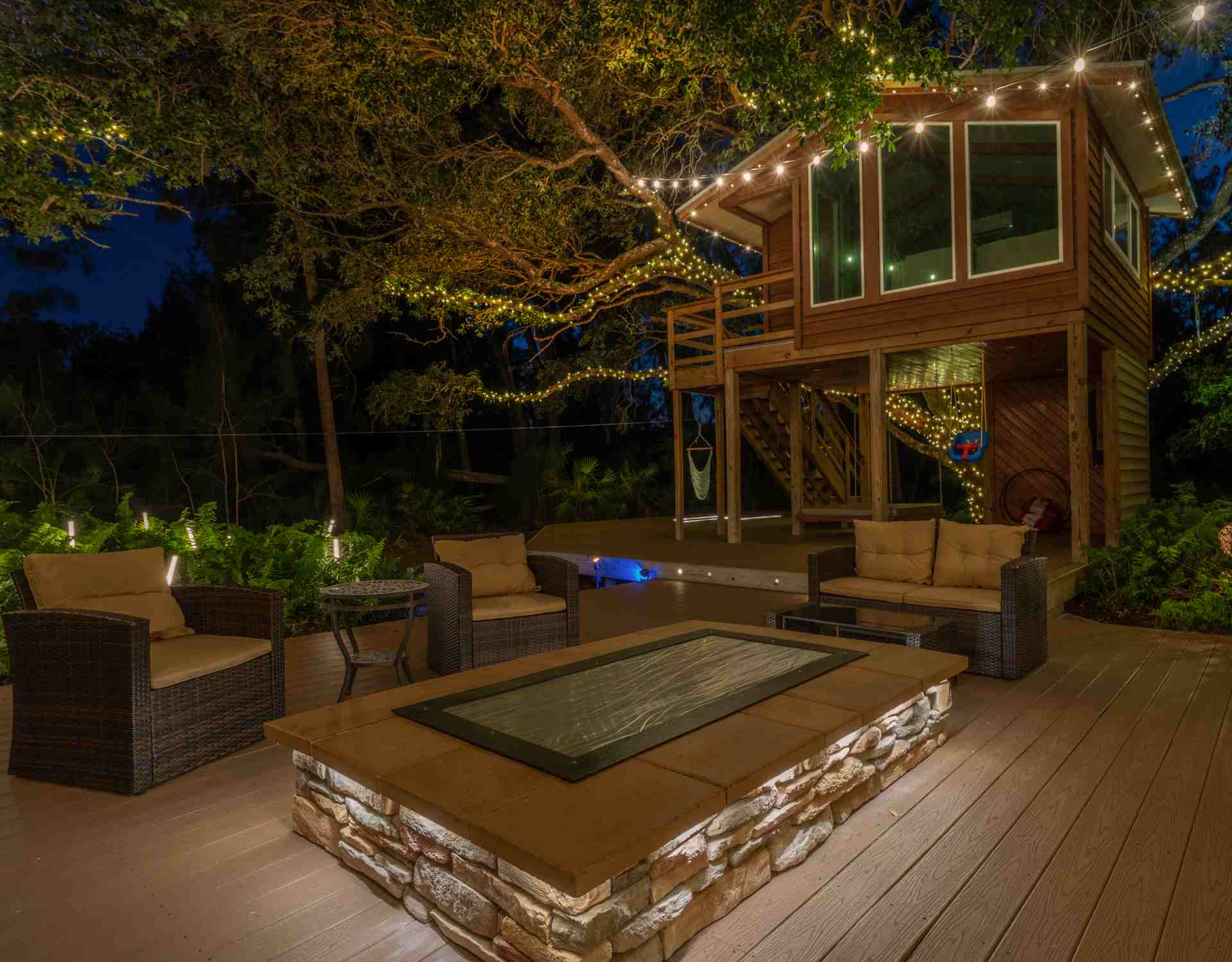
Outdoor Lighting Services in Cincinnati
Professional Lighting Solutions for Every Property
Are you ready to revitalize your landscape and property with a stunning outdoor lighting arrangement? If so, Outdoor Lighting Perspectives of Cincinnati is your go-to solution for affordable solutions. Our locally owned and operated team is backed by a national franchise with over 100,000 installations under its belt. We are Cincinnati’s one-stop destination for cutting-edge lighting displays that are certain to illuminate the night!
We can install low-voltage LED lighting products to boost your energy efficiency and reduce monthly electricity bills. Our state-of-the-art inventory also includes color-changing and programmable lights you can monitor, dim, and alter from the palm of your hand.
Our dazzling lighting fixtures can shine brightly on your:
- Architecture
- Garden
- Landscape
- Patios & decks
- Pathways
- Pool
- And much more!
In need of landscape lighting companies near you? Dial (513) 496-1130 or contact us online to transform your outdoor space into a stunning oasis!
illuminating excellence in everything we do
-
Tailored Lighting for Any PropertyExpertly designed lighting showcases your property’s best features.
-
White Glove ServiceYour satisfaction is our priority. Count on us for prompt, personalized attention.
-
Built for Beauty, Made to LastOur premium lighting solutions deliver enduring beauty and performance.
-
Here For You Now, and in the FutureAfter Install, we’ll help keep your lights shining bright with our maintenance services.

App-Controlled
Permanent Roofline Lighting
Click on the Phone App Below to View the Different Color Combinations


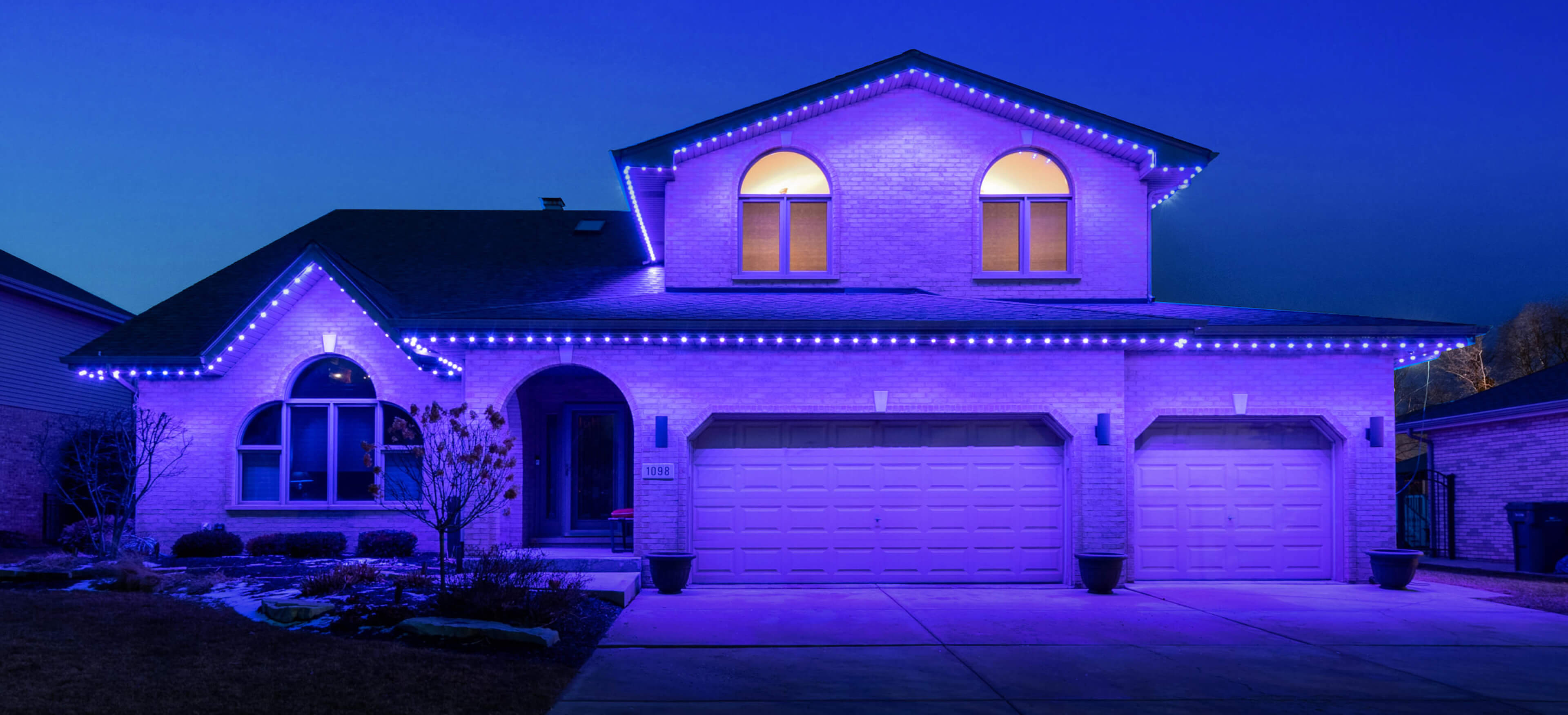
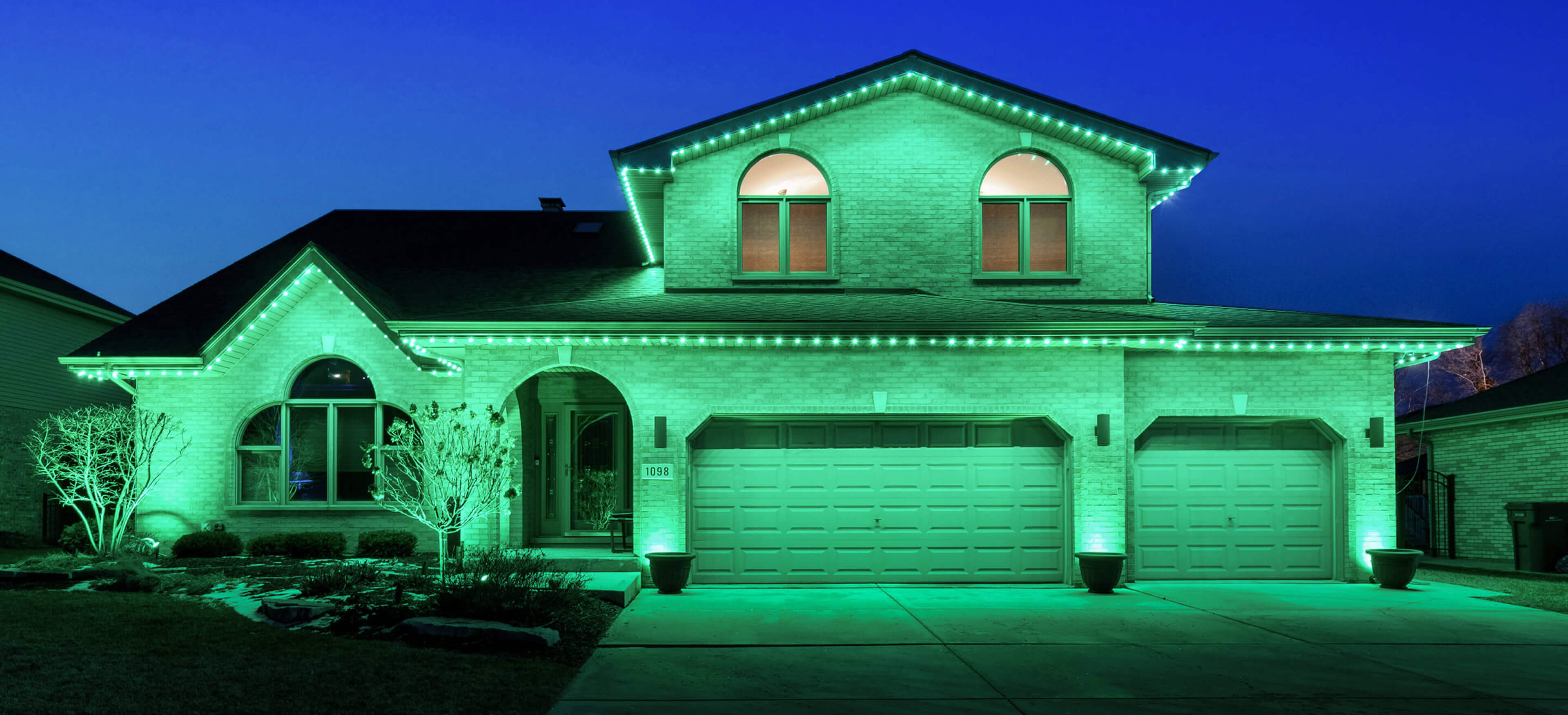
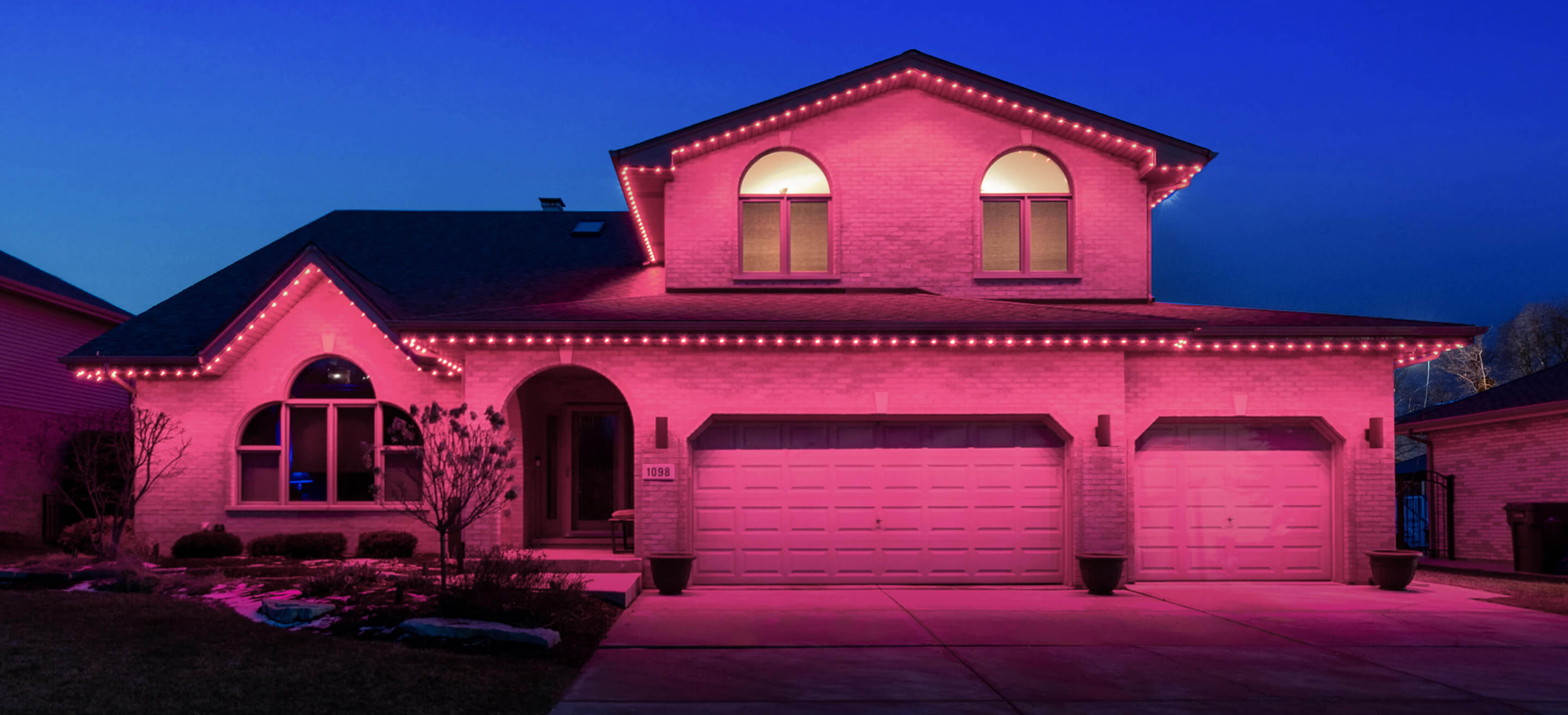
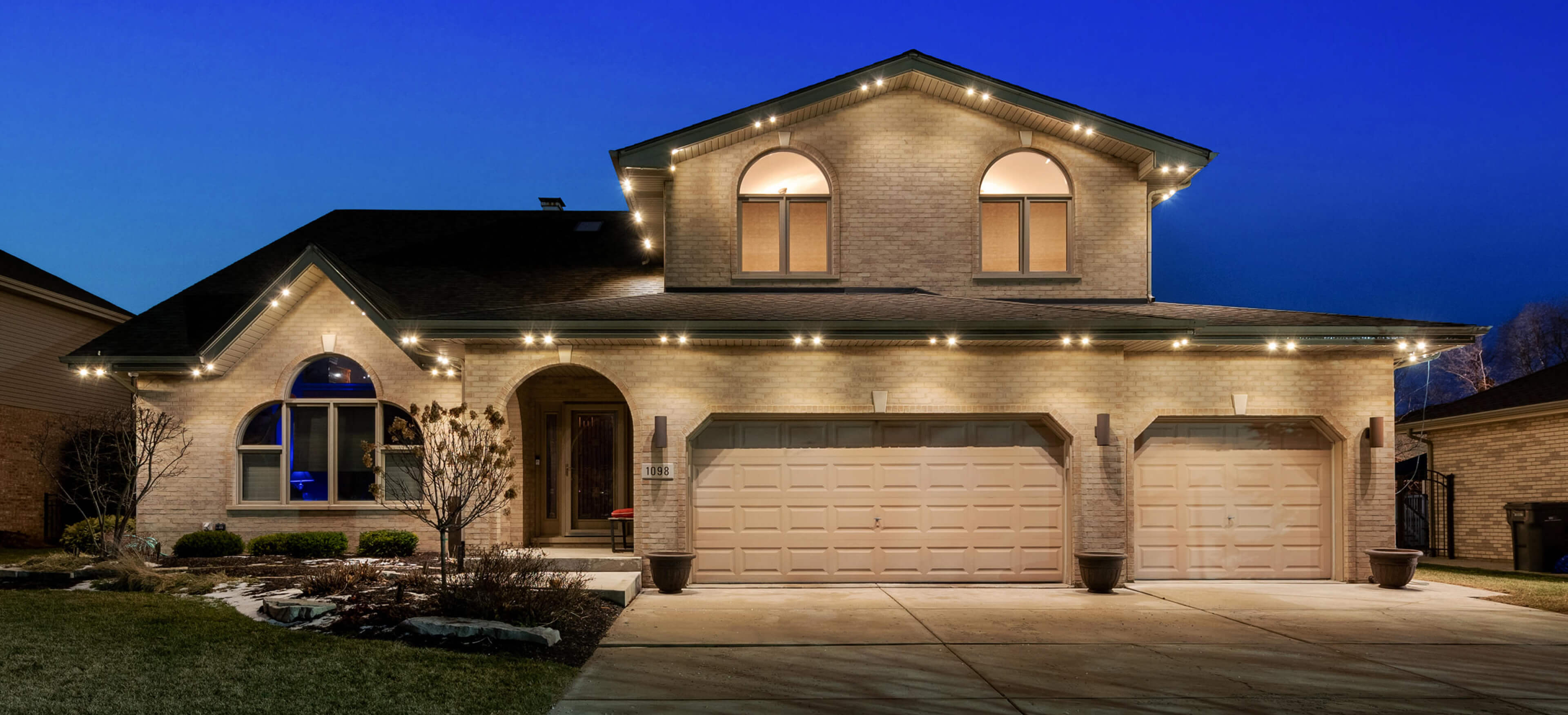
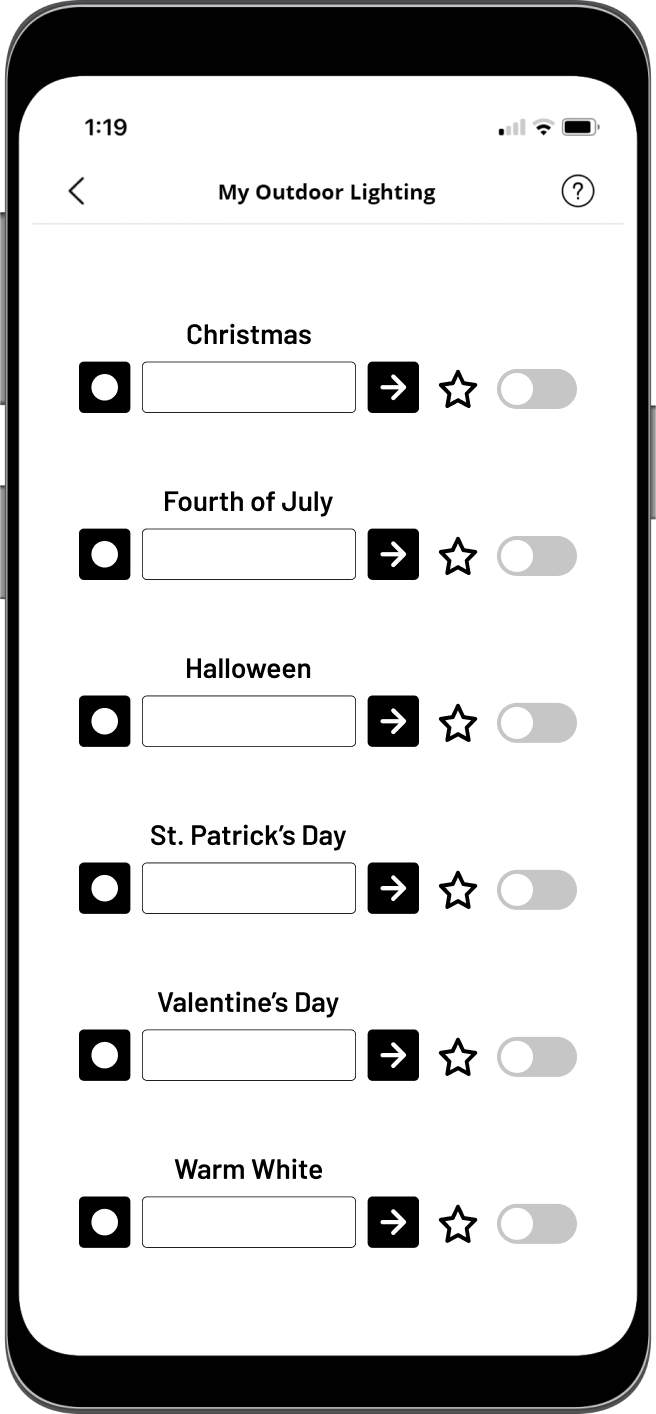
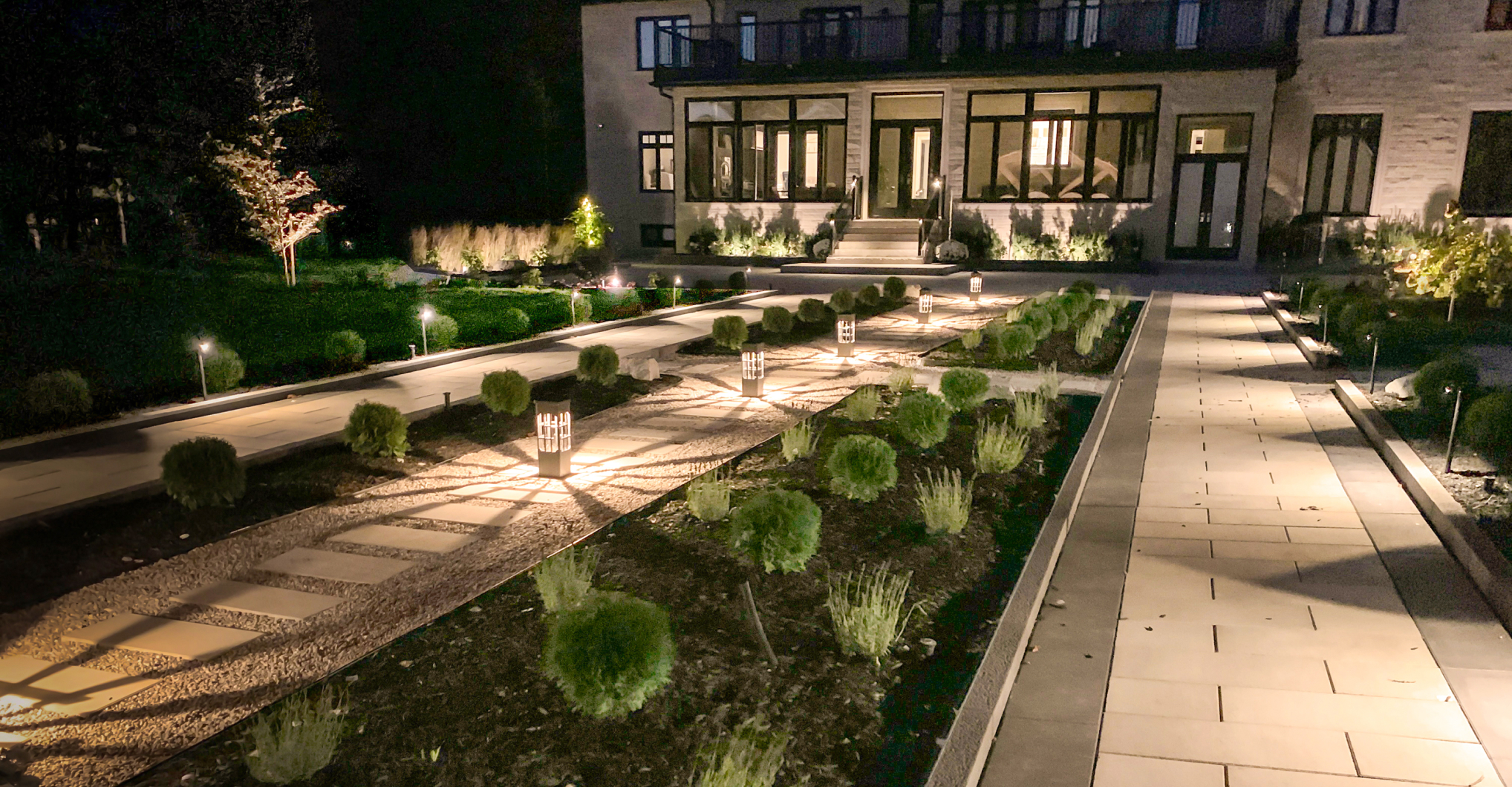
Bright Ideas with Real Results
-
I am impressed with this company. I called to get a quote for outdoor lighting. The technician showed up and emailed me a quote that same day. My husband and I have decided to sell our house, but once we move we'll definitely be giving these guys a call.- Tina B.
-
Not that they need another 5 star review but they have one anyway. They came out to my house twice in an 8 month span to give me estimates. They were thorough, professional, and very respectful of my privacy.- John K.
-
“Flexibility and great follow-up service. Loved the fact that the technicians showed up when scheduled. We are delighted with the lighting. I'm a very satisfied customer and will not hesitate to recommend you. Great job.”- Cathy S.
-
“From the very beginning, I knew I wanted to hire a landscape lighting company that specialized in outdoor lighting. Outdoor Lighting Perspectives (OLP) was a perfect fit because outdoor lighting is all they do, and they are certainly experts. From the consultation to the installation, they always arrived on time and communicated well throughout the process. Jason and his team were able to create a custom design plan for my home that worked perfectly to meet my family's goals. Our home now has stunning curb appeal in the evening, and our driveway that used to be very dark can now be safely navigated. I would highly recommend OLP to everyone in Austin, TX.”- Colt McCoy, NFL Quarterback & Former Quarterback at The University of Texas at Austin
-
“From the start, I chose Outdoor Lighting Perspectives for their specialization in outdoor lighting. The team was punctual, communicative, and expert at creating a custom design for my home. Now, our once dark driveway is safe, and our home shines beautifully at night. Highly recommend!”- Colt McCoy, NFL Quarterback & Former Quarterback at The University of Texas at Austin
how we bring your property to life
-
1Connect & ConsultSchedule your complimentary lighting design consultation with our local design experts.
-
2Design and EstimateOur team professionally install your lights and provides a clear estimate.
-
3Install and MaintainWe’ll set up your lights, clean up after we’re done with our Shine365 program, and provide a year of complementary maintenance.


